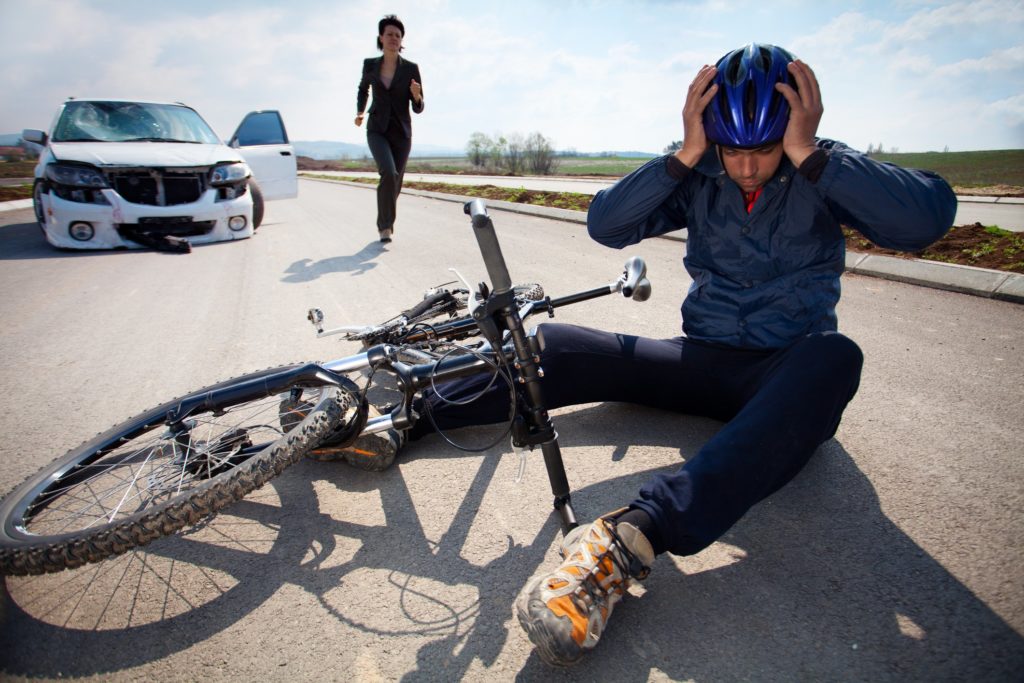
America is full of open roads. One of the bests ways to get out there and explore them is on a bicycle. Beyond that, millions of Americans enjoy riding their bike to work, to the store, or to anywhere else that does not require the use of a vehicle. Bikes are afforded many of the same rights to the road as that of a car, which is why it is important to know who is at fault when a bike and a car collide. While we do not wish this on anyone, it is important to understand your legal rights. The answer to this, question, however, is not so easy to delineate.
Negligence is the Key
As mentioned, bikes do have many of the same traffic rules and regulations as that of cars and trucks. This means that the rider must observe the same rules. Failing to do so can result in an accident, and negligence may be determined by law enforcement officers who arrive at the scene. At the same time, drivers must observe certain laws related to sharing the road with bicyclists, including keeping a safe distance away when choosing to pass.
When determining fault in a collision, the police will usually look at negligence as a primary determining factor. This is why it is so important for drivers and bicyclists alike to observe every rule and regulate that is relevant to them at the time. This includes observing weather patterns, construction zone postings, and more. If both parties are negligent to some degree, partial fault on a percentage basis can also be assigned to each party. This is referred to a dual negligence.
Factor in Duty of Care
No matter if talking about the driver or the rider, there is a certain duty care that each person enters into when they choose to operate either a bicycle or a motorized vehicle. When deciding to pass a bike, for example, the driver is obligated to ensure that there is a minimum of 3 feet between the vehicle and the bicycle. If this distance cannot be safely maintained, then the car must drive behind the bicyclist until such a time that the three foot rule can be observed. If the driver fails in this duty of care and a collision were to occur, then negligence would almost certainly be assigned to the driver.
For their part, bike riders must also exercise their duty of care. This includes riding safely on the side of the road, inside a bike lane if available. Riders must also refrain from using the telephone or otherwise being distracted while operating the bike. Reflector lights must be on the front and rear of the bike, and turns must be properly indicated well in advance of executing them. These are just a few of the facts that will be taken into account when determining duty of care.
The Concept of Dual Negligence
This question becomes even more complex when it is determined that both the bicyclist and driver are at fault to some degree. Many question how this could happen, but it related to the notion of duty of care (which we talk about in just a moment). A driver, for example, might not give a bicyclist the necessary three feet required when passing, but the accident might be caused by the rider becoming frightened because he or she is texting on the phone. Since bicyclists are required to keep their attention of the road when riding, the police might assign partial fault based on this fact alone. This does not escape the driver from having some fault in the accident, however, as some blame will be seen to rest squarely on his or her shoulders.
You will want to contact our law office right away if you have been involved in a bike on car collision, no matter if you are the rider or the driver. It is important to have legal counsel on your side in order to protect your legal rights. We offer clients a free a consultation, so contact us today to schedule yours.
